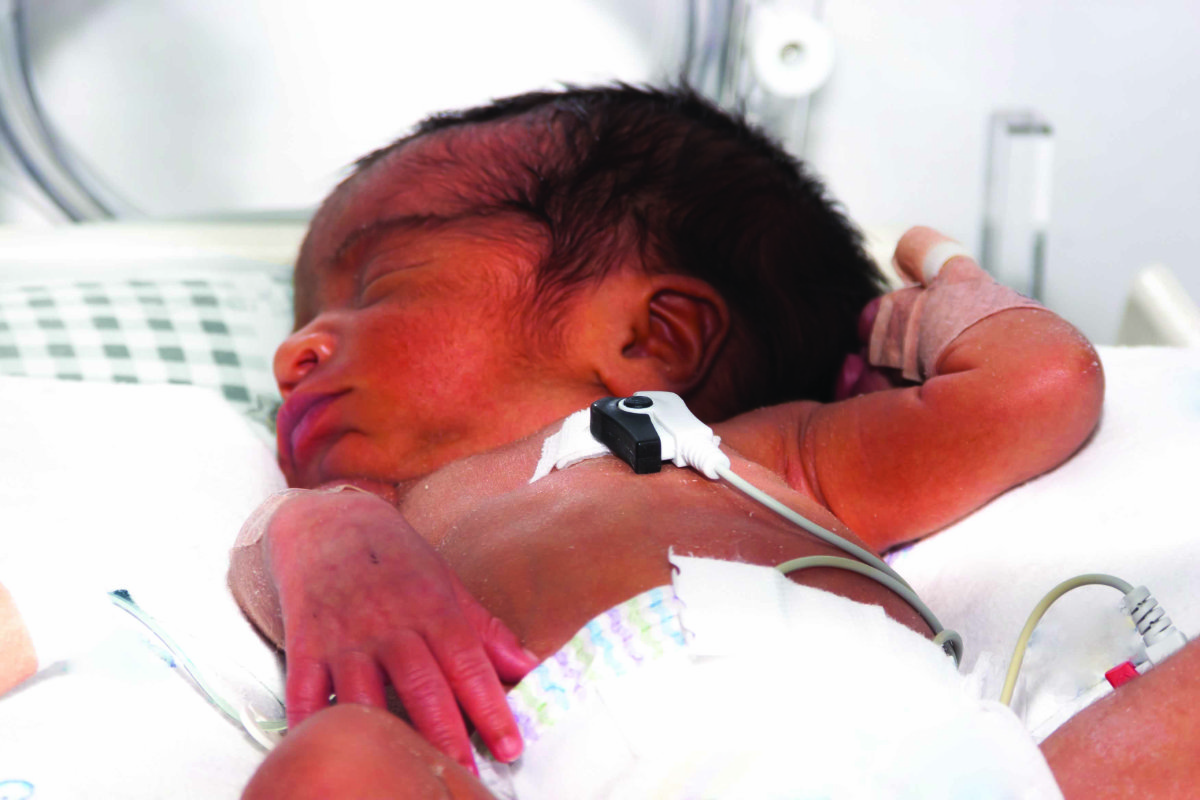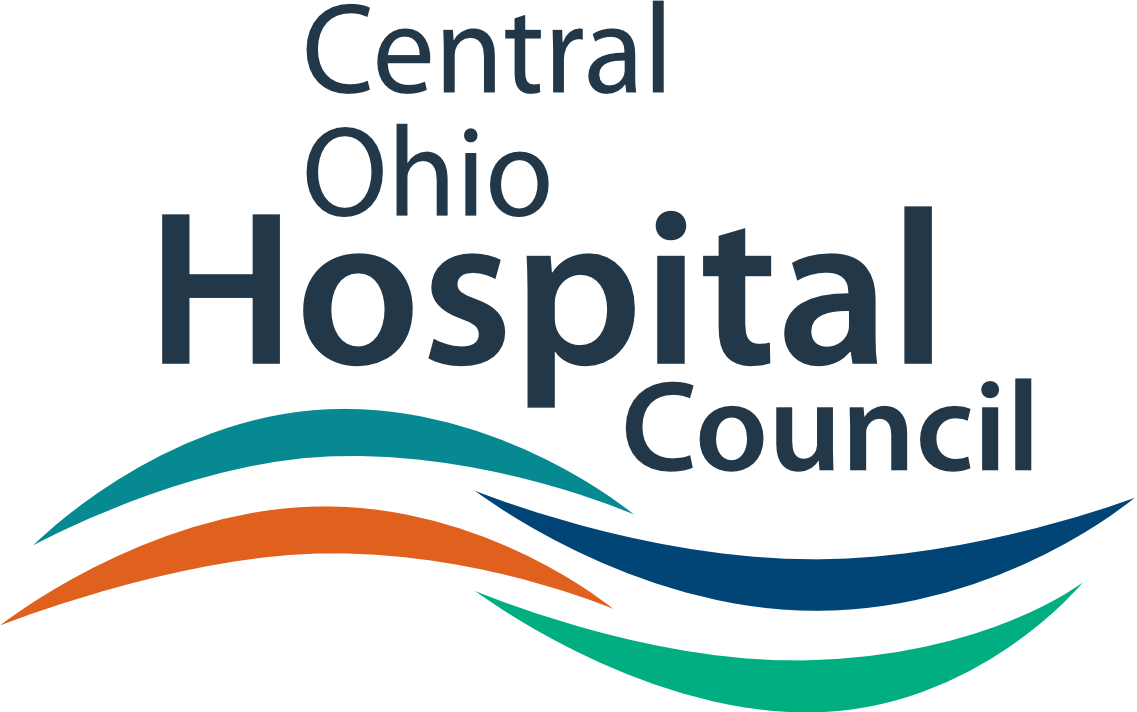Infant Mortality
Decreasing Infant Deaths, Improving Babies’ Health

By working together with hospitals, nonprofit organizations and state and local agencies, CelebrateOne, Columbus’ collective impact initiative, plans to reduce the infant mortality rate and cut the racial health disparity gap.
Babies born too soon or too small, unsafe sleep practices, smoking, birth defects and social and economic conditions are leading causes of infant mortality.
Challenges
- Every week, nearly three babies die before their first birthday in Franklin County.
- Through Q2 2025, 46 Franklin County infants died before their first birthday resulting in an infant mortality rate of 5.4 per 1,000 live births.
- In 2024, 128 Franklin County infants died before their first birthday resulting in an infant mortality rate of 7.4 per 1,000 live births.
- In 2023, 126 Franklin County infants died before their first birthday resulting in an infant mortality rate of 7.4 per 1,000 live births.
- Through Q2 2025, 8 Franklin County infant deaths were related to sleeping or the sleep environment.
- In 2024, 20 Franklin County infant deaths were related to sleeping or the sleep environment, as compared to 20 in 2023.
- Through Q2 2025, Non-Hispanic, Black infants were 4.6 times more likely to die than Non-Hispanic, White infants.
- In 2024, Non-Hispanic, Black infants accounted for 42% of infant death in Franklin County, but only 30% of births.
- In 2024, Non-Hispanic, Black infants were 2.2 times more likely to die than Non-Hispanic, White infants.
- In 2023, Non-Hispanic, Black infants were 2.6 times more likely to die than Non-Hispanic, White infants, up from 2.4 in 2022.
- Through Q2 2025, 11% of babies were born prematurely (<37 weeks gestation).
- In 2024, 11.3% of babies were born prematurely (<37 weeks gestation), as compared to 10.6% in 2023.
Initiatives
- Franklin County hospital front-line staff are making sure every family receives consistent, life-saving guidance on the ABCs of safe sleep before leaving the hospital: Alone, on their Back in a Crib.
- Asking about a crib in the home – and directing to resources for free or low-cost options if there is no crib for the baby.
- Showing the safe sleep educational video produced by CelebrateOne, central Ohio’s public/private initiative to reduce infant mortality. The video highlights the elements of a safe home sleep environment, the importance of not smoking in the house and tips for soothing a crying baby.
- Providing an educational door-hanger that parents and caregivers can reference to reinforce safe sleep practices at home.
- Supplying a sleep sack for infants to wear when sleeping during the colder winter months.
- Tobacco cessation: Identifying and referring women who smoke tobacco and are pregnant or have delivered a baby to cessation counseling programs.
- Legal needs: Assessing if pregnant women have legal issues, such as evictions, that can affect health outcomes and referring them to Columbus Legal Aid Society.
- Opiate prescriptions: Reducing the amount of opiates prescribed to women undergoing a cesarean section.
Progress
- In Q2 2025, 93% of parents reported that they viewed an educational video before being discharged from a maternity unit, as compared to 91% in 2024. The video provides education on safe sleep, breastfeeding and in-home tobacco use.
- From January – June 2025, Franklin County hospitals referred 85 pregnant clients to the Southeast and Columbus Legal Aid Society as compared to 261 in 2024 and 454 total in 2023.
- From January to October 2024, Franklin County hospitals referred 351 pregnant women to Columbus Public Health for tobacco cessation counseling, as compared to 369 in 2023.
- From January to September 2024, 3.2% of mothers reported they had smoked during any trimester, as compared to 3.7% in 2023.
